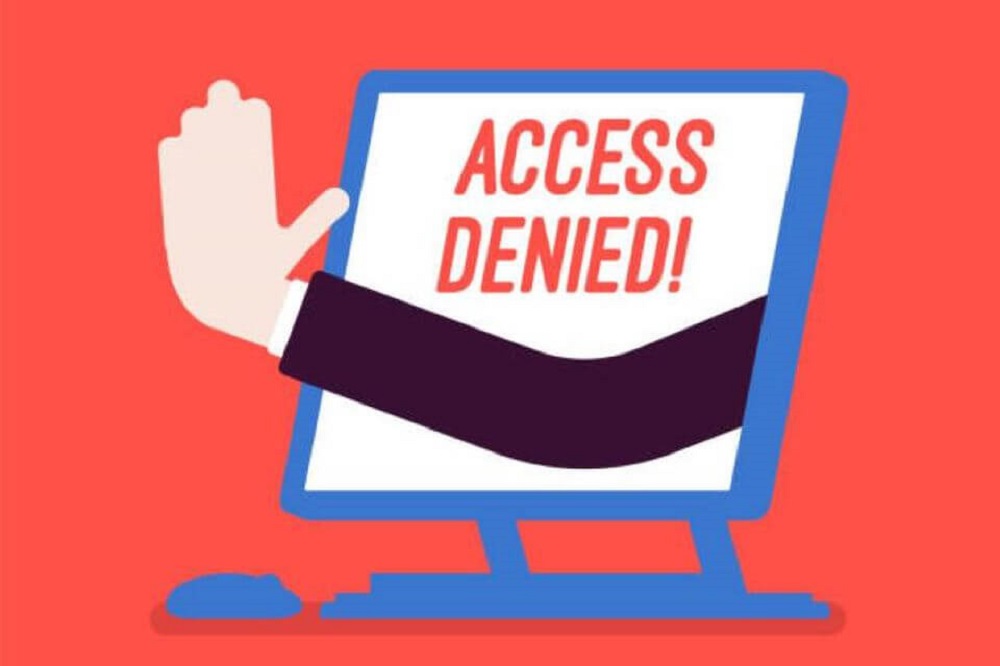The Coming Web Crack-Up
| This post is the first in a series on web accessibility. |
Remember the bumper stickers that read, If You Can Read This, You’re Too Close? Yeah, danger ahead. Well, as America races down the cyber-highway, we should be on the lookout for a pile-up, because despite warning signs (as in a blizzard of web-accessibility lawsuits, up almost 200% last year from 2017) everywhere, people with disabilities just aren’t going to be able to move past the many obstacles heedless developers and designers are putting in their way.
This is not about bandwidth, or pipelines, or net neutrality, or even reaching rural America. It’s not even about privacy. Those are all incredibly important. But they all mean nothing to those of us who find big obstacles to fully accessing many web sites and functions.
Yes, the web frustrates everyone – no one escapes unscathed – but for people with disabilities trying to navigate the internet to perform anything from essential life functions to elective pursuits, these frustrations meaningfully and negatively impact lives.

Computer screen reading “access denied” illustrates the effects of inaccessible technology on those whom it excludes. GETTY
For someone using a screen-reading or text-to-speech program, it can be as simple as this: a link to specific content, instead of having a tag or label that identifies where it points to, gets read as the word “link.” Or when trying to fill out a form of any type and the screen-reading program announces that there is a box to type in but finds no description of what to type – your name? Your address? Birth date? Now imagine this kind of experience spread across millions of webpages, pages that are crucial for everything from managing money and paying bills to making travel plans to reading textbooks and applying for a job.
Webpages with flaws like these are the equivalent of many buildings built before the 1990 passage of the Americans with Disabilities Act. Then architecture reflected the perspective of a society that placed no value on the inclusion of the disabled. As the web has evolved, it too has often failed to live up to the promise of the ADA. Even so, advocates with the right know-how or just the right drive have worked hard to guide developers and other professionals on how to plan for and create accessible webpages. Just as it’s more expensive and difficult to retrofit a physical structure for accessibility than it is to build one that takes access as a starting point from the commencement of planning, the same is true when designing for the web.
Read more at the article source: https://www.forbes.com/sites/peterslatin/2019/04/21/the-coming-web-crack-up/


